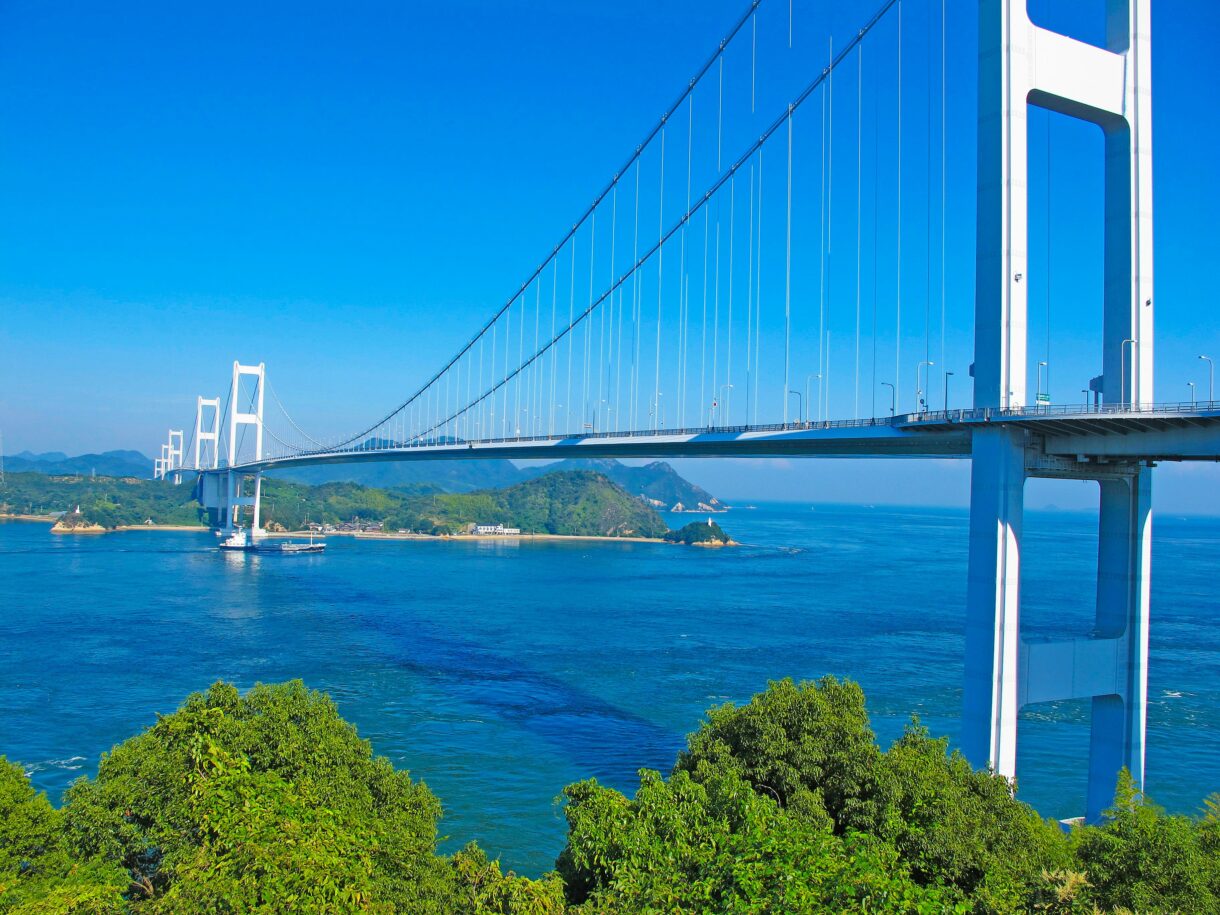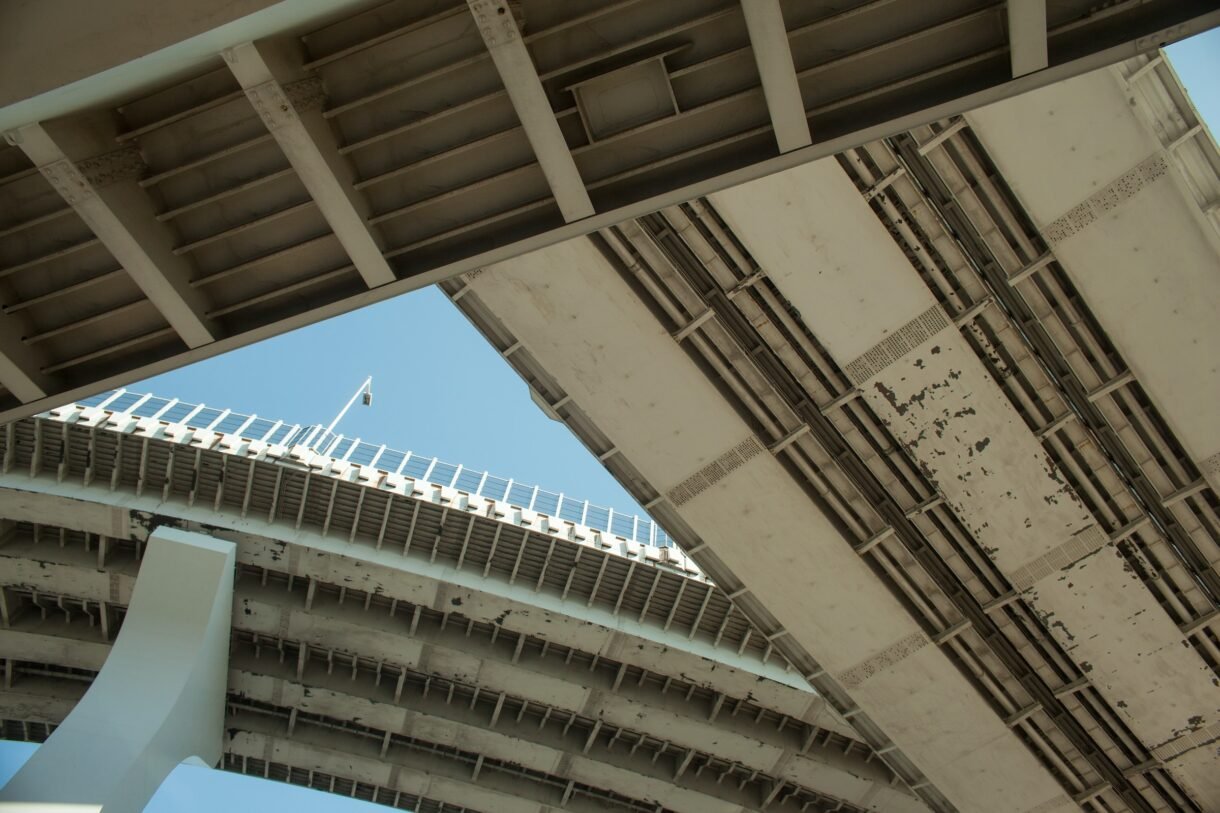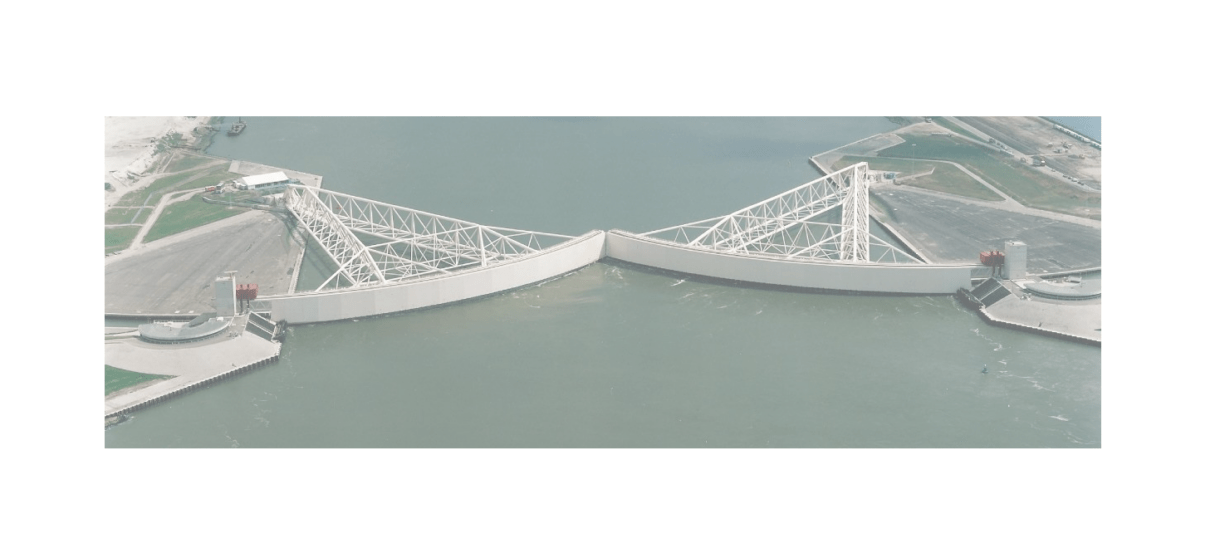Aging infrastructure: a major roadblock
Following the collapse of a motorway tunnel near Tokyo in 2012, the Japanese government pledged to examine and restore the aging infrastructure around the country. The Metropolitan Expressway stemming from 1964, is still being used today by around a million vehicles daily. With the average lifespan of 50 years for infrastructure, findings by the Ministry of Land, Infrastructure, Transport and Tourism (MLIT) indicate that more than 60 percent of all road bridges, flood barriers and other river facilities and over 40 percent of tunnels in Japan will have hit that mark by 2033. Also sewages and harbour facilities face an increasing safety risk due to decay.


